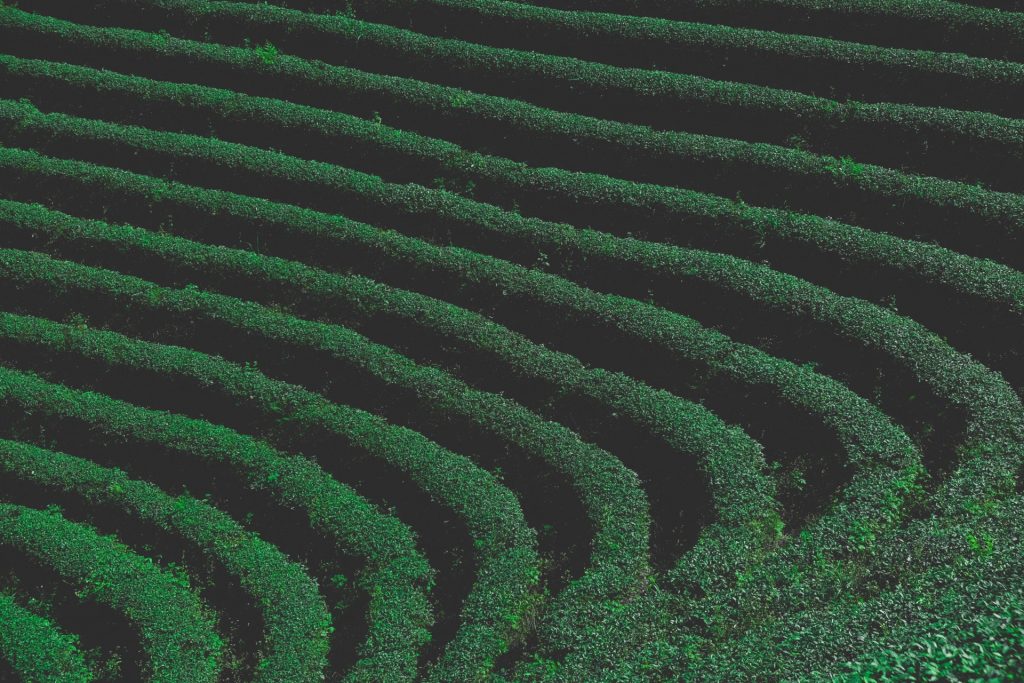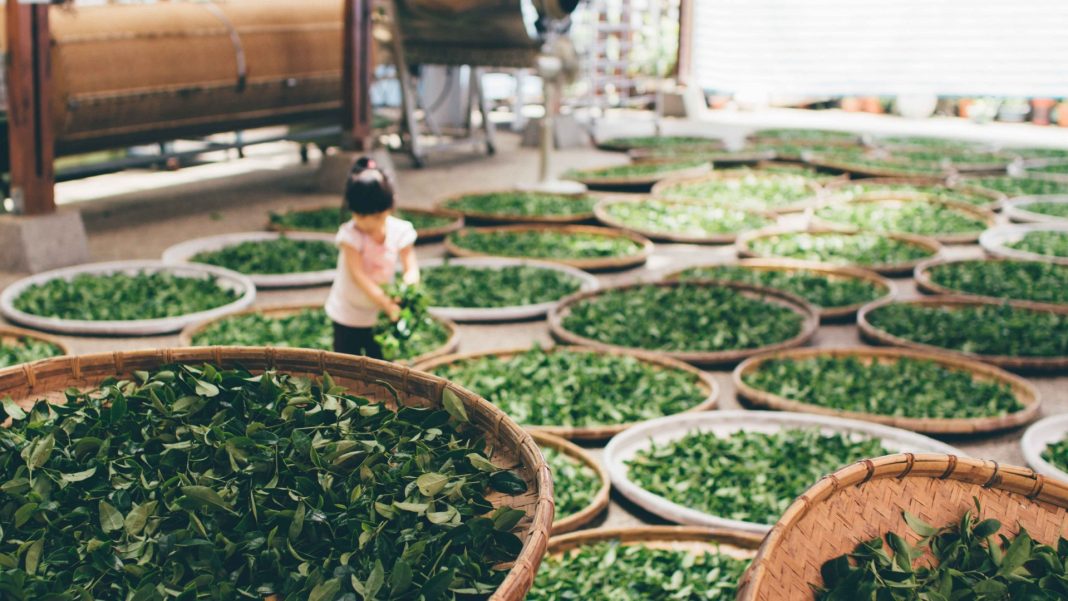To the casual observer, bubble tea happens to be the very definition of Taiwanese tea today, headlined and championed by the ever-popular Milk Tea with Pearls, quite possibly Taiwan’s number one export right now.
While bubble tea is undoubtedly the contemporary craze, Taiwanese tea has an important and entrenched place in the country’s history and culture, a 200-year one in fact. As the world continues to modernise and grow increasingly fast-paced, a carefully crafted brew of traditional Taiwanese tea with all its wondrous, rejuvenating qualities is being left in the rear-view mirror in favour of the more cost-effective and artificially flavoured bubble tea.
But truth be told, traditional Taiwanese tea is revered and highly sought after by many tea masters and tea connoisseurs from all over the world. Emilio Jose Del Pozo, founder of The Jade Leaf, a prominent Taiwanese tea house in Taiwan, likens Taiwanese tea to French wine, alluding to it as a unique product that stands out amongst its peers.
So, what makes Taiwanese tea so different? From Oolong to Tieguanyin, why have so many – beginners and experts alike – been taken in by the tea produced in the high mountains of Taiwan?
To understand all of that, we have to go back to its roots.
Taiwan’s Natural Endowments

Photo by Henry & Co. on Unsplash
Taiwanese’s tea culture was first birthed in 1820 when the first tea bush seeds were brought over from China’s WuYi mountains and planted in Taiwan’s northern regions.
While this wasn’t the first time tea was produced in Taiwan – the Dutch holds that honour, producing minute amounts of what was called Formosa Tea (after the island’s then namesake) during the 1600s – the 1800s were essentially the start of Taiwan’s large-scale tea production.
The geographical and agricultural landscape of Taiwan, along with its subtropical climate ensures optimal temperatures and humidity to nurture the growth of tea leaves to be soft and thick, with a high density of nutrients. The cooler temperatures and mists of the higher altitudes produce a tea that is less bitter with a long finish that lingers in the mouth.
Taiwan’s topological landscape has thus given birth to a popular range of teas known as high mountain tea, characterised by a sweet character and fresh floral notes which are not typically found in Chinese teas. These teas are said to be extremely precious, as the gardens only produce twice a year.
From Alishan to Da Yu Lin, there are a multitude of various mountainous regions that produce some of the best high mountain teas in all of Taiwan.
A Glimpse of Taiwanese Tea Preparation
All the natural endowments that the mountains of Taiwan possess, would have been wasted, had the Taiwanese not developed their own processes to cultivate and produce tea.
Taking oolong tea as an example, the teas produced in Taiwan differ quite a bit from the oolong teas you can find in China. Taiwanese oolong teas originally came from Anxi, in the province of Fujian, China. Fujian oolong teas have many stages of treatment – starting with sun-drying and air-drying, progressing to frying and kneading, before several rounds of roasting – with intermediary steps in between to boot.
Taiwanese tea masters, however, prefer to cut back on the processing steps, emplying a deft hand to better capture the freshness and more delicate flavours of the tea. In the case of Taiwanese oolong, tea masters modify the roasting and kneading procedures, resulting in a unique quality of oolong not found elsewhere.
This perhaps explains in part why in Taiwan, no other tea occupies a higher pedestal than oolong, often regarded as the champagne of teas. Taiwanese oolong is so revered that Taiwan accounts for 20% of the world’s oolong tea production.
Types of Taiwanese Tea and Where They Come From
Taiwan high mountain teas are generally produced in the Chiayi and Nantou counties, at an altitude of 1,400 metres above sea level, which as mentioned above, results in the teas being less bitter and more rounded. Some of the more famous high mountain teas are Alishan and Da Yu Ling, the latter being the most expensive and a regular winner in tea competitions.
Another highly prized tea is pouchong, cultivated and produced almost exclusively at Pinglin county. Also originating from the Fujian province of China, pouching tea is characterised as light and floral, having an aroma that is similar to a melon. There’s even a Pinglin Tea Museum, the largest of its kind in the world, where you can find out more about the intricacies and varieties of Taiwanese tea.
Tieguanyin and Oriental Beauty are two variants of oolong tea that deserve recognition as well. The former is a roasted and grown in the hills of Maokong, just outside of Taipei City. Oriental Beauty is sometimes called white-tipped oolong for the colouring at the end of the tea leaves, and gets its unique taste from the biting of a small cicada on the young tea leaves in the summer. Semi-fermented and exclusive to Taiwan, Oriental Beauty teas are said to carry a honeyed sweetness with the fragrance of a ripe fruit.
–
The next time you’re in Taiwan, consider skipping the long queues of Xin Fu Tang and go for a traditional tea house. Or, simply accept the shopkeeper’s invitation should you wander close to a tea shop. Who knows, you may find yourself loving the intricate world of Taiwanese tea.




